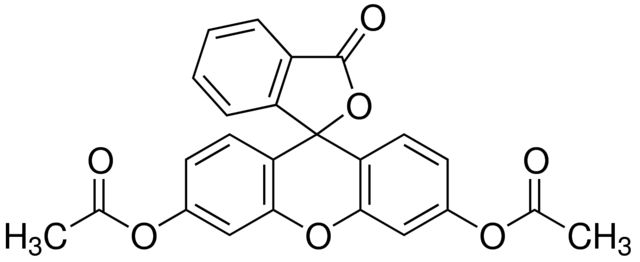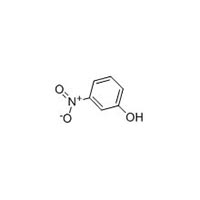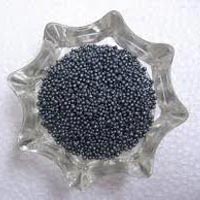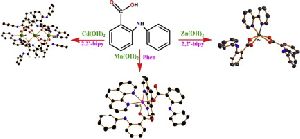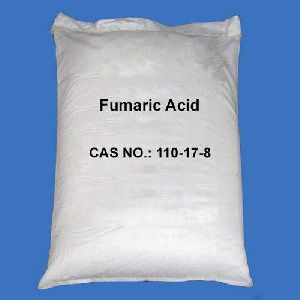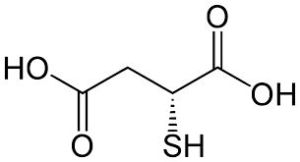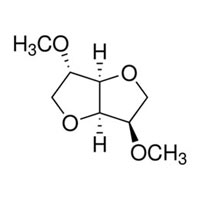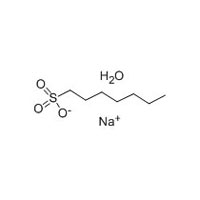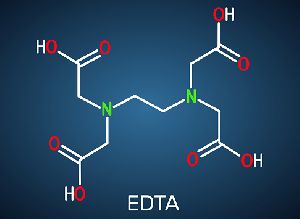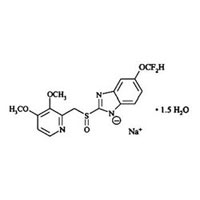Sion, Mumbai, Maharashtra
- GST NO. : 27AQZPP9186B1ZZ
| Business Type | Manufacturer, Supplier |
| Molecular Weight | 416.38 |
| Formula | C₂₄H₁₆O₇ |
| CAS No. | 596-09-8 |
Preferred Buyer From
| Location | Worldwide |
Fluorescein diacetate (FDA) is an acetylated derivative of the green fluorescent dye fluorescein[1]. Fluorescein diacetate (FDA), a fluorescent probe used for vital staining, is a fluorescently activated by esterolytic activity of human Pi-class glutathione S-transferase (hGSTP1) selectively among various cytosolic GSTs. Fluorescence activation of Fluorescein diacetate susceptible to GST inhibitors is observed in MCF7 cells exogenously overexpressing hGSTP1, but not in cells overexpressing hGSTA1 or hGSTM1. Fluorescein diacetate can be used as a fluorogenic substrate for hGSTP1-1. To investigate whether the fluorescence activation is due to hGSTP1 activity, Fluorescein diacetate is incubated with recombinant hGSTP1-1 and GSH in vitro. Remarkable fluorescence activation is observed in the presence of both hGSTP1-1 and GSH, whereas only slight activation is observed in the absence of either of them or when the enzyme is heat inactivated. This suggests that the fluorescence activation of Fluorescein diacetate depends on hGSTP1-1 activity. From the linear relationship between the rate of increase in fluorescence and the hGSTP1-1 concentration, the specific activity of the enzyme for 1 μM Fluorescein diacetate is determined to be 79±15 nmol/min/mg protein. Fluorescein diacetate is applicable as a fluorogenic substrate for evaluating inhibitors of GSTP1-1 in vitro. For Fluorescein diacetate as a substrate, both Ethacrynic acid (EA) and NBDHEX suppress the hGSTP1-1-dependent fluorescent increase in a concentration-dependent manner, with IC50s of 3.3±0.5 μM and 0.61±0.04 μM, respectivelyFluorescein diacetate (FDA) is an acetylated derivative of the green fluorescent dye fluorescein[1]. Fluorescein diacetate (FDA), a fluorescent probe used for vital staining, is a fluorescently activated by esterolytic activity of human Pi-class glutathione S-transferase (hGSTP1) selectively among various cytosolic GSTs. Fluorescence activation of Fluorescein diacetate susceptible to GST inhibitors is observed in MCF7 cells exogenously overexpressing hGSTP1, but not in cells overexpressing hGSTA1 or hGSTM1. Fluorescein diacetate can be used as a fluorogenic substrate for hGSTP1-1. To investigate whether the fluorescence activation is due to hGSTP1 activity, Fluorescein diacetate is incubated with recombinant hGSTP1-1 and GSH in vitro. Remarkable fluorescence activation is observed in the presence of both hGSTP1-1 and GSH, whereas only slight activation is observed in the absence of either of them or when the enzyme is heat inactivated. This suggests that the fluorescence activation of Fluorescein diacetate depends on hGSTP1-1 activity. From the linear relationship between the rate of increase in fluorescence and the hGSTP1-1 concentration, the specific activity of the enzyme for 1 μM Fluorescein diacetate is determined to be 79±15 nmol/min/mg protein. Fluorescein diacetate is applicable as a fluorogenic substrate for evaluating inhibitors of GSTP1-1 in vitro. For Fluorescein diacetate as a substrate, both Ethacrynic acid (EA) and NBDHEX suppress the hGSTP1-1-dependent fluorescent increase in a concentration-dependent manner, with IC50s of 3.3±0.5 μM and 0.61±0.04 μM, respectively
Looking for "Fluorescein Diacetate" ?
Explore More Products


